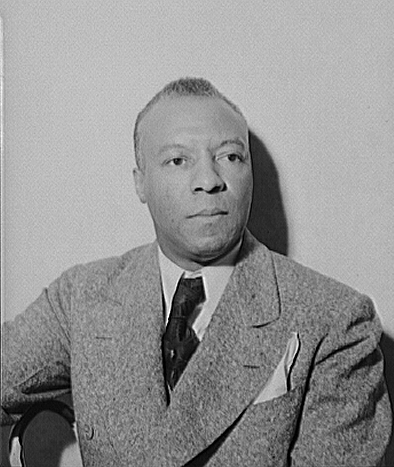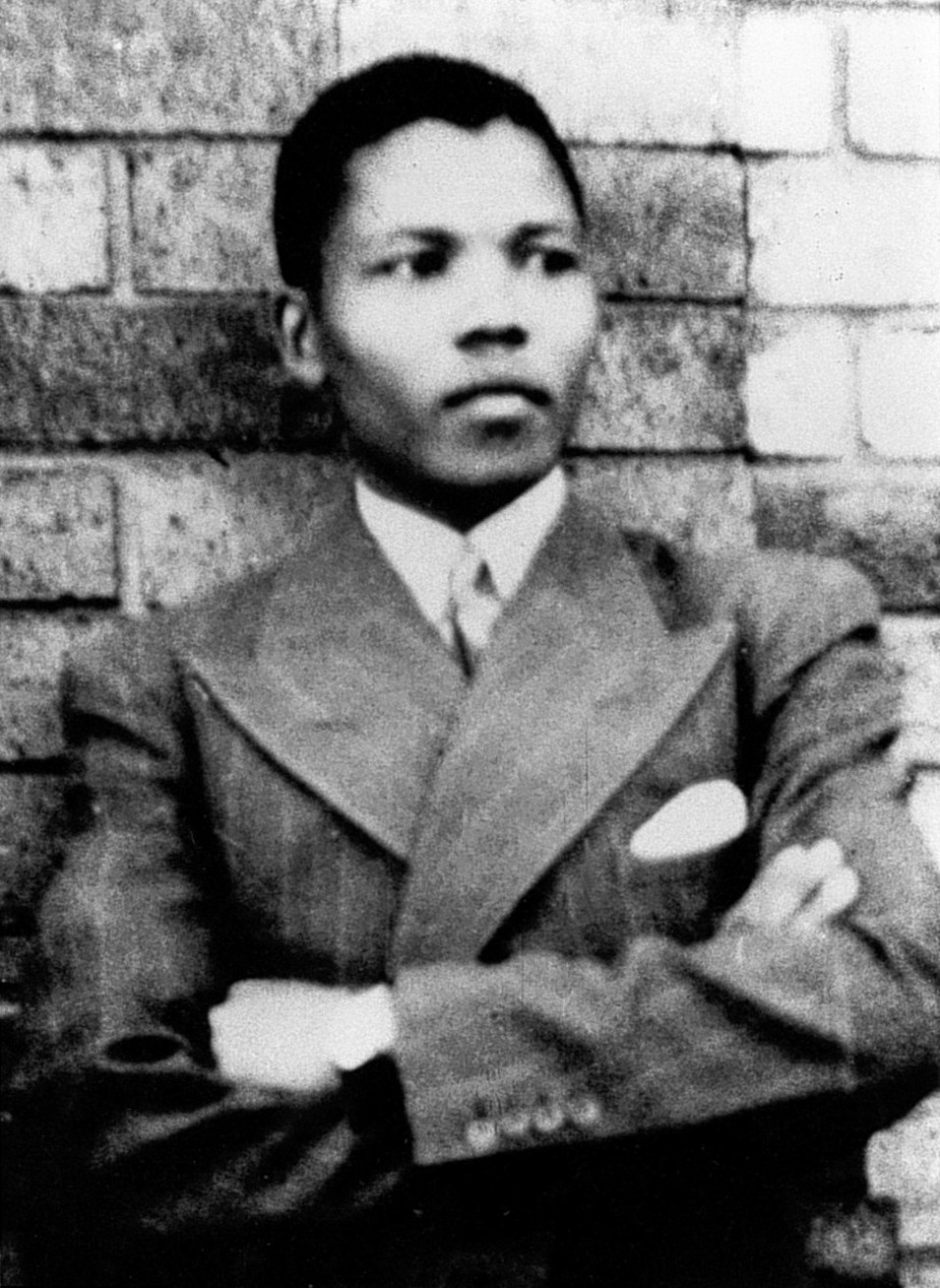|
Negro Community Centre Of Montreal
The Negro Community Centre of Montreal was formed in 1927 in response to the racial discrimination experienced by the Black community. The Black population of Montreal is linked historically to decedents of Africans who were enslaved in Montreal. In the 1890s there was an influx of free Blacks arriving from the West Indies, the United States and the Maritimes to work on the construction of the railways. A meeting was held with eleven members of the Negro community in the living room of Reverend Charles Humphrey Este to find ways of improving the lives of this Black community. Rev. Charles Este, who was pastor of the West End Union United Church, the Black community's oldest religious institution, emerged as the leader of the NCC. The early Black community of Montreal had experienced severe alienation and the NCC was one of many institutions, including the Coloured Women's Club and the Brotherhood of Sleeping Car Porters built at that time period to 'humanize their existence' in th ... [...More Info...] [...Related Items...] OR: [Wikipedia] [Google] [Baidu] |
Brotherhood Of Sleeping Car Porters
Founded in 1925, The Brotherhood of Sleeping Car Porters (BSCP) was the first labor organization led by African Americans to receive a charter in the American Federation of Labor (AFL). The BSCP gathered a membership of 18,000 passenger railway workers across Canada, Mexico, and the United States. Beginning after the American Civil War, the job of Pullman porter had become an important means of work in the black community in the United States. As a result of a decline in railway transportation in the 1960s, BSCP membership declined. It merged in 1978 with the Brotherhood of Railway and Airline Clerks (BRAC), now known as the Transportation Communications International Union. The leaders of the BSCP—including A. Philip Randolph, its founder and first president, Milton Webster, vice president and lead negotiator, and C. L. Dellums, vice president and second president—became leaders in the Civil Rights Movement, especially concerning fair employment and continued to play ... [...More Info...] [...Related Items...] OR: [Wikipedia] [Google] [Baidu] |
Centraide
United Way Centraide Canada (french: Centraide United Way Canada) is the national organization for the 71 autonomous, volunteer-based United Ways and Centraides across Canada. The United Way Movement in Canada is a federated network of local United Way offices serving more than 5,000 communities across Canada, each registered as its own nonprofit organization and governed by an independent volunteer-led local Board of Directors. Each United Way works locally to raise funds and invest in improving lives in its community. In French, both in Quebec and across Canada, the organization is known as Centraide. The organization often uses the United Way and Centraide names together, recognizing the bilingual nature of the country's culture and people. United Way Centraide Canada is the national office and has a distinct role to provide leadership, guidance and support to local United Ways across the country. Together, local United Ways and United Way Centraide Canada form the United Way M ... [...More Info...] [...Related Items...] OR: [Wikipedia] [Google] [Baidu] |
Royal Arthur School
Royal Arthur School was an elementary school in the Little Burgundy neighbourhood of Montreal. It was an important centre for the Black community and provided the data for an influential study on how individual teachers matter. History Construction of the school was approved in 1868, and after operating temporarily in a church basement, the new building was opened by Queen Victoria's son Prince Arthur on 11 February 1870. This was the first school built by the new Protestant Board of School Commissioners of Montreal, and it was filled to its capacity of 600 students within 6 months. The building was remodelled in 1888 and then half-destroyed by fire on 18 January 1909. A new building designed by Alexander Francis Dunlop, was erected on an expanded site and opened in September 1910. Later additions, the first in 1922, further expanded the school's capacity. The school was in one of the poorest areas of the city and had one of the largest indigent enrolments in ... [...More Info...] [...Related Items...] OR: [Wikipedia] [Google] [Baidu] |
Nelson Mandela
Nelson Rolihlahla Mandela (; ; 18 July 1918 – 5 December 2013) was a South African Internal resistance to apartheid, anti-apartheid activist who served as the President of South Africa, first president of South Africa from 1994 to 1999. He was the country's first black head of state and the first elected in a Universal suffrage, fully representative democratic election. Presidency of Nelson Mandela, His government focused on dismantling the legacy of apartheid by fostering racial Conflict resolution, reconciliation. Ideologically an African nationalist and African socialism, socialist, he served as the president of the African National Congress (ANC) party from 1991 to 1997. A Xhosa people, Xhosa, Mandela was born into the Thembu people, Thembu royal family in Mvezo, Union of South Africa. He studied law at the University of Fort Hare and the University of Witwatersrand before working as a lawyer in Johannesburg. There he became involved in anti-colonial and African ... [...More Info...] [...Related Items...] OR: [Wikipedia] [Google] [Baidu] |
Demolished Buildings And Structures In Montreal
Demolition (also known as razing, cartage, and wrecking) is the science and engineering in safely and efficiently tearing down of buildings and other artificial structures. Demolition contrasts with deconstruction, which involves taking a building apart while carefully preserving valuable elements for reuse purposes. For small buildings, such as houses, that are only two or three stories high, demolition is a rather simple process. The building is pulled down either manually or mechanically using large hydraulic equipment: elevated work platforms, cranes, excavators or bulldozers. Larger buildings may require the use of a wrecking ball, a heavy weight on a cable that is swung by a crane into the side of the buildings. Wrecking balls are especially effective against masonry, but are less easily controlled and often less efficient than other methods. Newer methods may use rotational hydraulic shears and silenced rock-breakers attached to excavators to cut or break thro ... [...More Info...] [...Related Items...] OR: [Wikipedia] [Google] [Baidu] |


